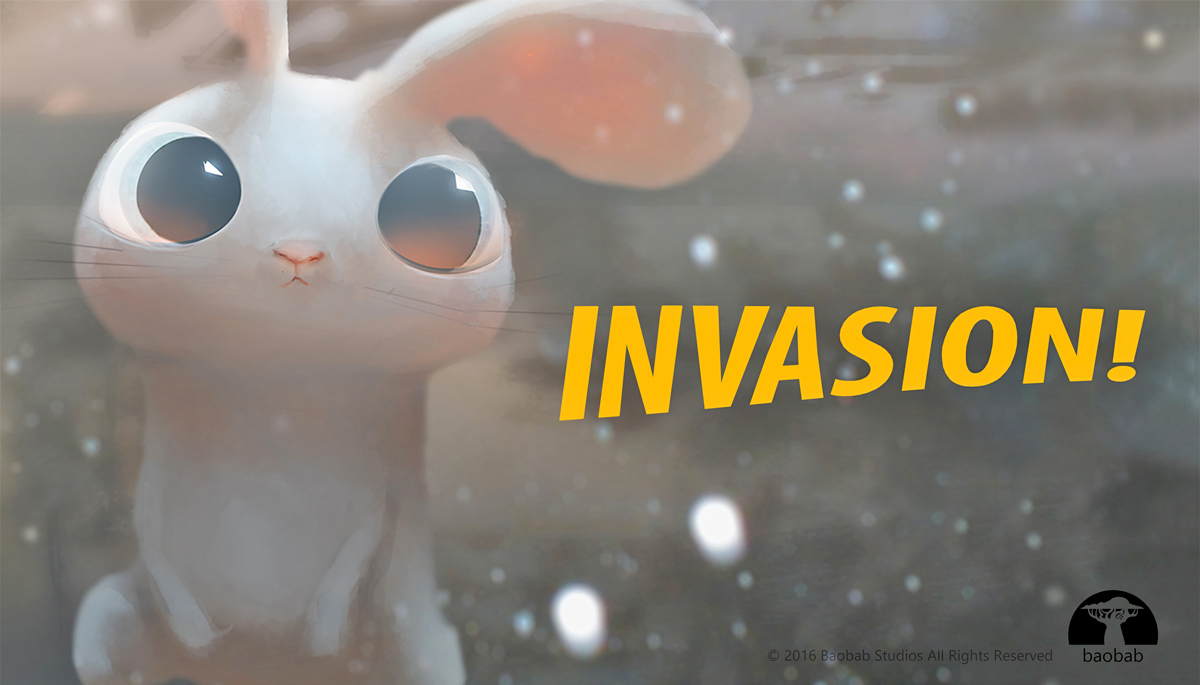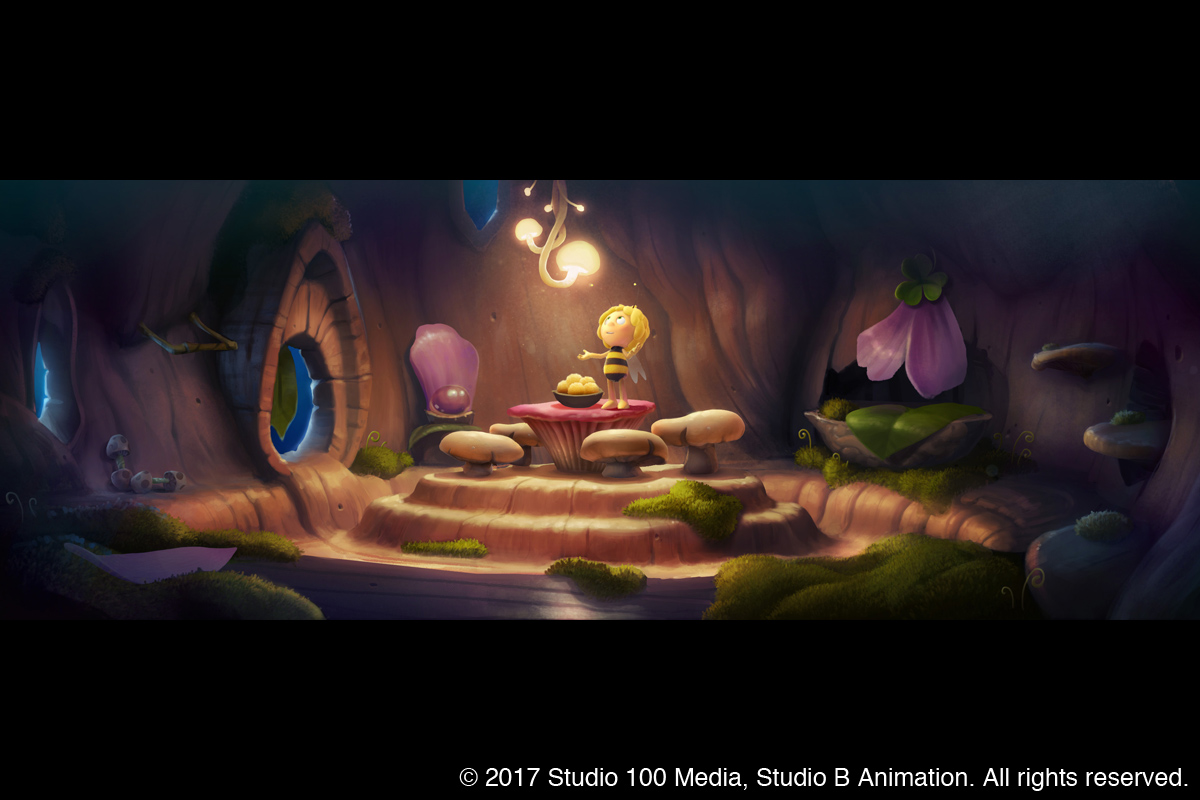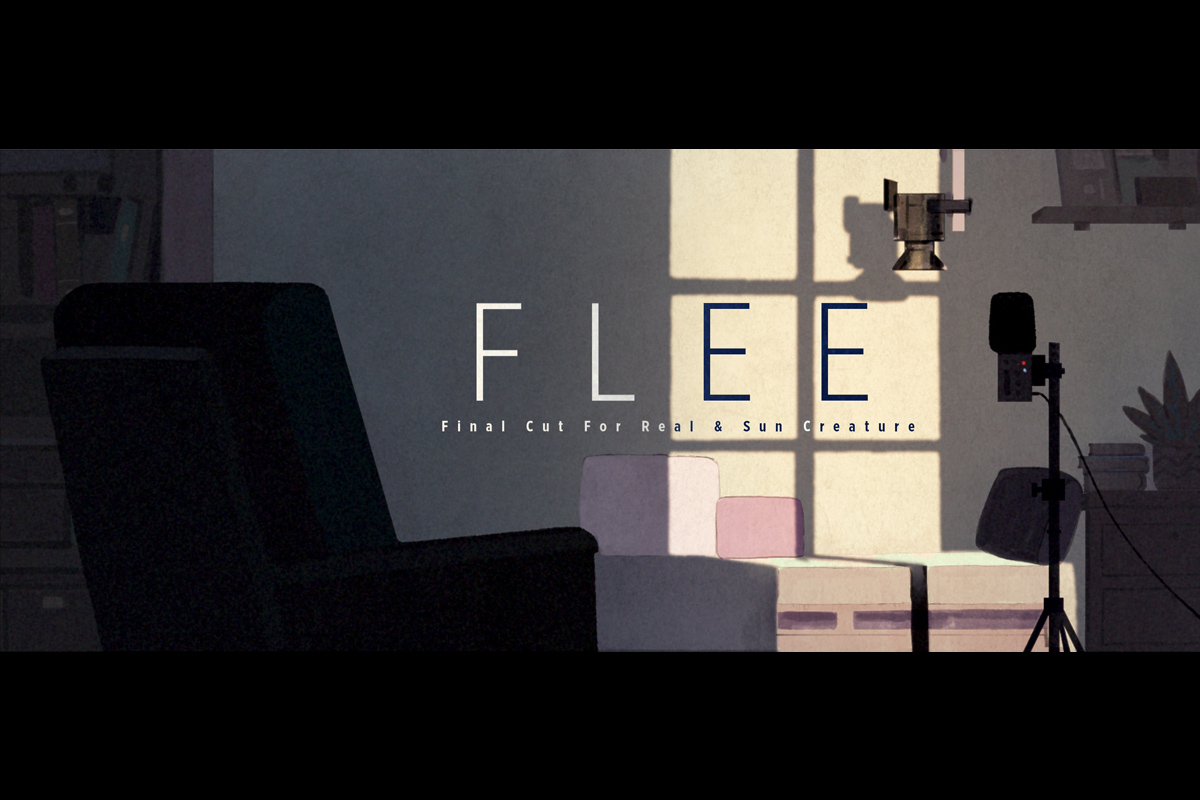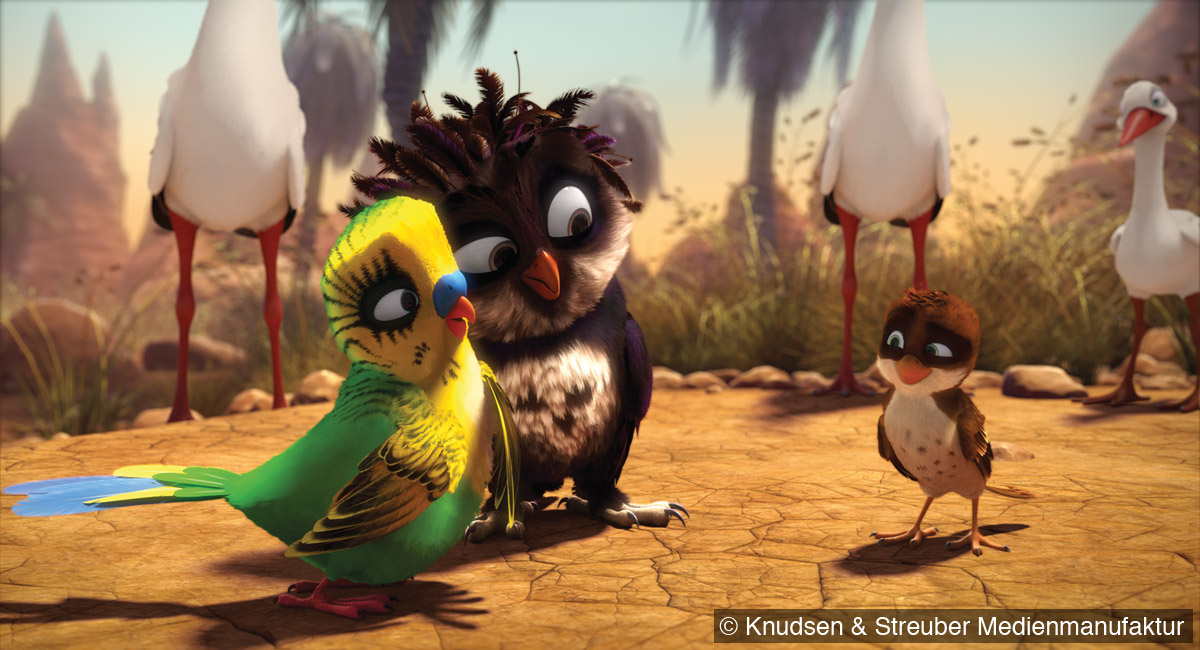Synopsis
Invasion! episode one is the story of menacing aliens who come to take over Earth and destroy anyone that tries to stop them. Despite the aliens’ superior technology and firepower, the citizens of Earth are able to rise up and defeat the invaders. But these citizens are not humans. Instead, they are two of the cutest, sweetest, cuddliest and meekest creatures of our planet, two adorable little white bunnies, and you are one of them! Invasion! is a virtual reality animated movie where you try to fend off the aliens against all odds.
Baobab Studios exhibited its latest animated short film Invasion! in virtual reality (VR) during Annecy 2016 where you could experience being one of the characters in their story. Invasion! is influenced by the imaginative setting of the H.G. Wells classic, The War of Worlds. The story centres on two bunnies who save the world from alien invaders. One of the bunnies is going to be the viewer watching the animation with VR. As a tribute to H.G. Wells, a narration by Ethan Hawke in the film is based on an excerpt from Well’s original book.
California-based Baobab Studios was established in 2015 by former Vice President of Games at Zynga, Maureen Fan, and the writer/director of the Madagascar films, Eric Darnell, to create narratives and storylines specific to virtual reality animation.
[row][column size='3/4']
We had an opportunity to speak with Kane Lee, the executive producer for Invasion!, during Annecy 2016. He kindly shared their creative journey and how strong narratives and characters are important in VR animation to achieve universal appeal.
[/column]
[column size='1/4']

[/column]
[/row]
Interview with Kane Lee
A character-centric story development
Animationweek (AW): Did you take a different approach in story development from the methods of traditional films, which are not in VR? How did you develop the story?
Kane Lee (KL): We started by developing narratives that originated from our writer-director Eric Darnell. There were no specific rules in how to go about it, but in the case of Invasion! Eric simply wrote a screenplay from the perspective of your being both a bunny and a participant in the story. We believe that a good story is a good story no matter what the medium, but the challenge is communicating it in a way so that the story drives the interactivity and the user’s participation in it.
AW: Being a character to participate in the universe of a story is a unique experience.
KL: A lot of people have been focused on world building and sharing in VR and we completely are excited with that; however, we also think that good stories boil down to the characters. We took the lead on our first project to put the user in the feet of a bunny. Typically you’re an invisible, undefined observer. For us, our ultimate goal through virtual reality storytelling is for the user to be emotionally connected to the story so we thought that one way would be for you to be an ally to the main character in the story within the context of what happens, and that’s why we spent time in the beginning having you and Chloe (the bunny) get to know each other before the main action happens.
[row][column size='1/2']
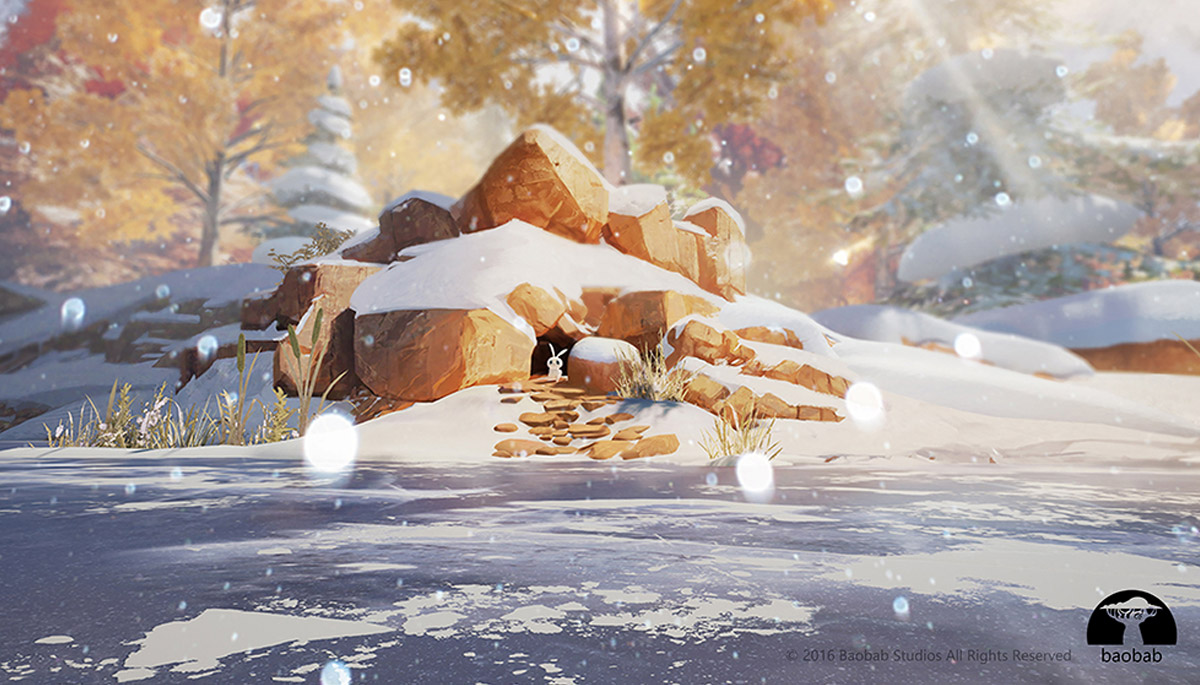
[/column]
[column size='1/2']

[/column]
[/row]
Solving problems while trying new things
AW: Which software did you use to develop this short film?
KL: We used Unreal Engine (https://www.unrealengine.com). We have one of the best tech teams in Silicon Valley who have figured out inspired ways for our directors and artists to work collaboratively. It’s about problem solving—a lot of trial and error as we try to do new things. Also, openness to user testing to see and learn how people genuinely respond.
Inspiring audience
AW: What’s the most challenging part?
KL: From a storytelling standpoint it’s directing the user’s attention. You can look anywhere that you want. The question Eric poses to our team is how do you inspire the user to have the most beautiful and satisfying experience? It’s a little like in the early days of film when we didn’t know how to best tell a story projected onto these huge rectangles or where people would look at. Now you’re in a whole new 360-degree environment, plus you can interact. So how do we inspire our audience through sound, composition, the world, etc. — behavioural cues such as if the bunny is looking this way, then you look that way? We’re learning so much. It’s almost like the old days of live theatre in certain parts of the world where there would be a performance stage in the middle and a 360-degree audience around it.
When Eric and I went to record Ethan Hawke for the Voice of the Cosmos, our off-screen narrator, he said after trying out the experience, “This is the future.” He connected with Eric on the directing side of it because he directs theatre —and apparently in theatre some directors even work from behind a live audience to observe where they’re looking at on the wide stage. It is a live and electrical environment like VR. You may have less control, but perhaps soon we actually may figure out how to have more control than we thought possible.
[row][column size='1/2']
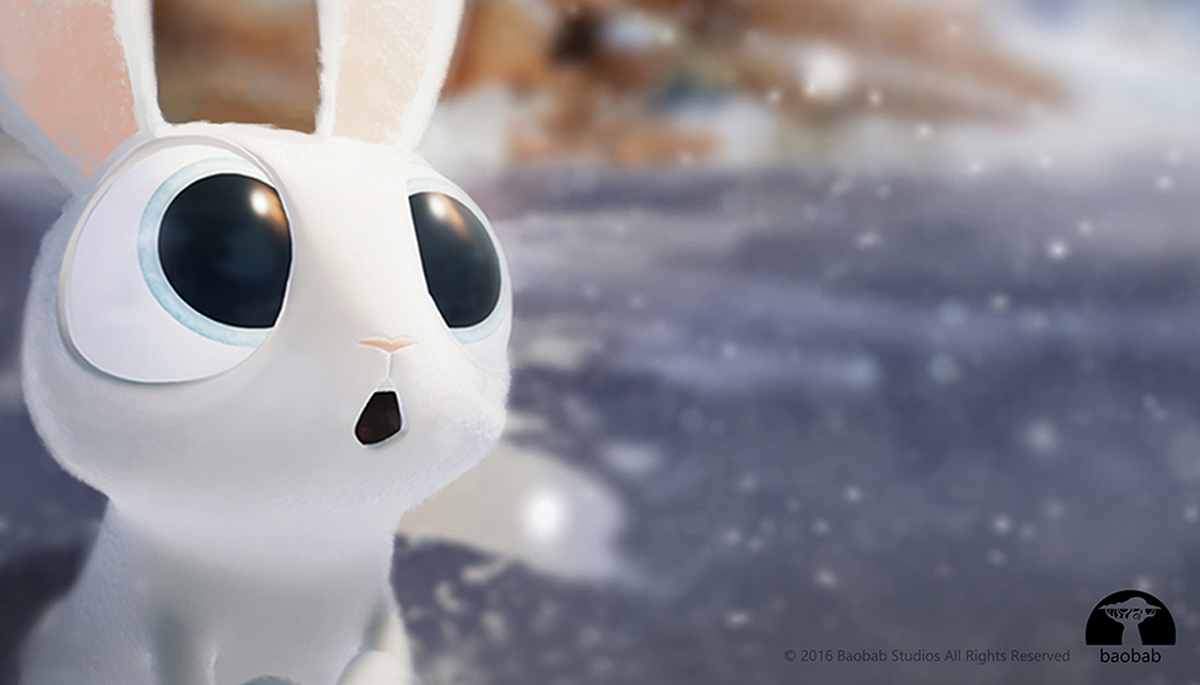
[/column]
[column size='1/2']
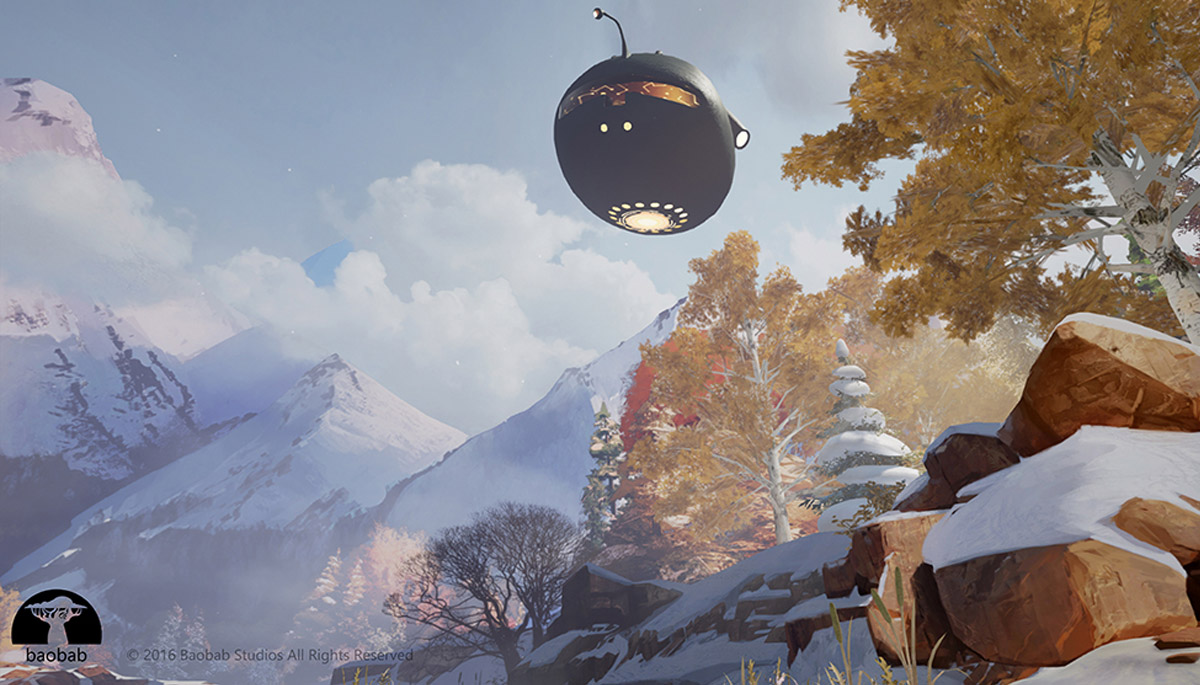
[/column]
[/row]
Being part of a story to feel empathy
AW: What is a memorable experience for you through this journey?
KL: I think it’s discovering those moments where virtual reality really shines. So for example, some of the best feedback we have gotten is from people saying they experience the feeling that they’re protecting the bunny. That even when you’re looking in front of you at the aliens and not looking at the bunny crouched behind you, you feel her presence behind you.
Even how a person first meets the bunny can be memorable. Some are reaching out to touch her, some are imitating her, others are just making this beautiful eye contact. It’s within these moments we’d rather focus on the subtleties and the nuances that create real character-driven experiences. Those are the stories you’re going to remember.
Future of Virtual Reality
AW: What do you think about the future of virtual reality? What kind of challenges do you think lies ahead to grow VR further?
KL: As it becomes more and more interactive, I think the big challenge is finding the right balance between creating amazing immersive interactivity and controls, and being enable to actually touch things and move things in the story, while maintaining a narrative heart.
I think it’s important not to let the technology drive the story, but to put the story in the driver’s seat—but at the same time not letting that ever limit the technology. That is why we’re so focused on having the dream team of storytellers and technicians.
AW: How are you distributing your animated short?
KL: Distribution is very important to us because we want to excite everyone about VR. We say that our audience can be from 5 years old to 105 years old. To make something very universally appealing is actually really hard so getting your work seen in the early days of VR is important. Both Samsung and HTC are investors and distribution partners, we had a terrific launch with Oculus, and we’re launching with all the best people and companies in coming months.
AW: You are not limiting the partners or the distributors.
KL: Not at all, as long as the partners are of high quality and have the same goals for premium content as we do.
[row][column size='1/2']
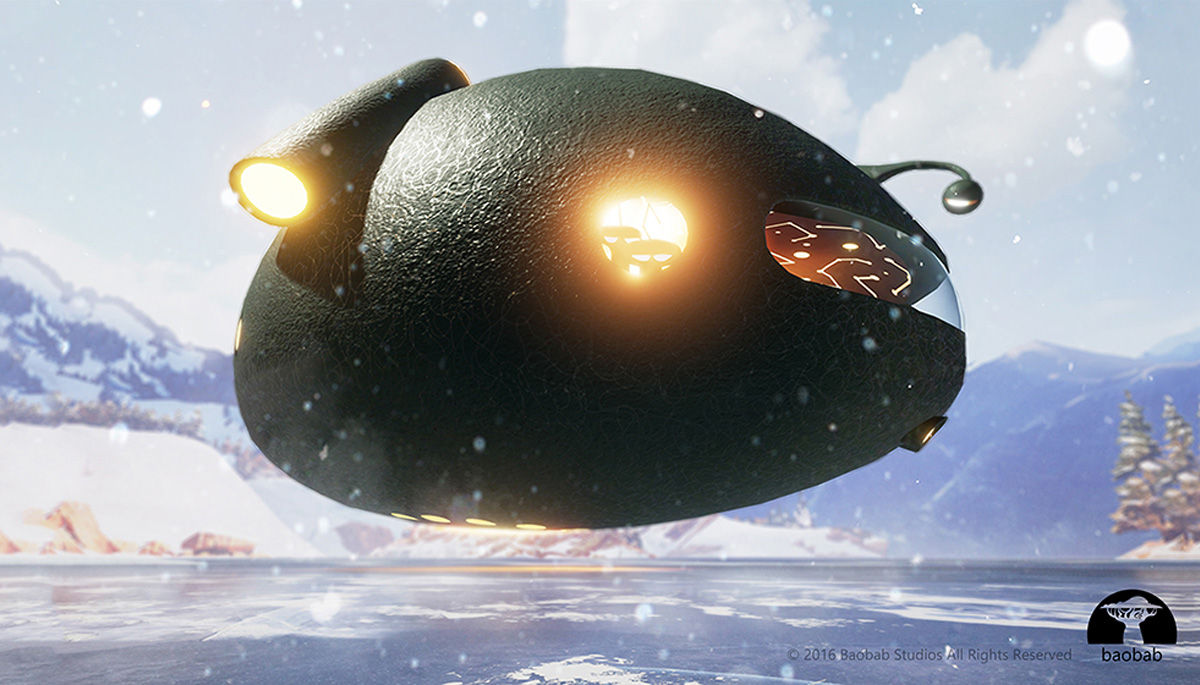
[/column]
[column size='1/2']
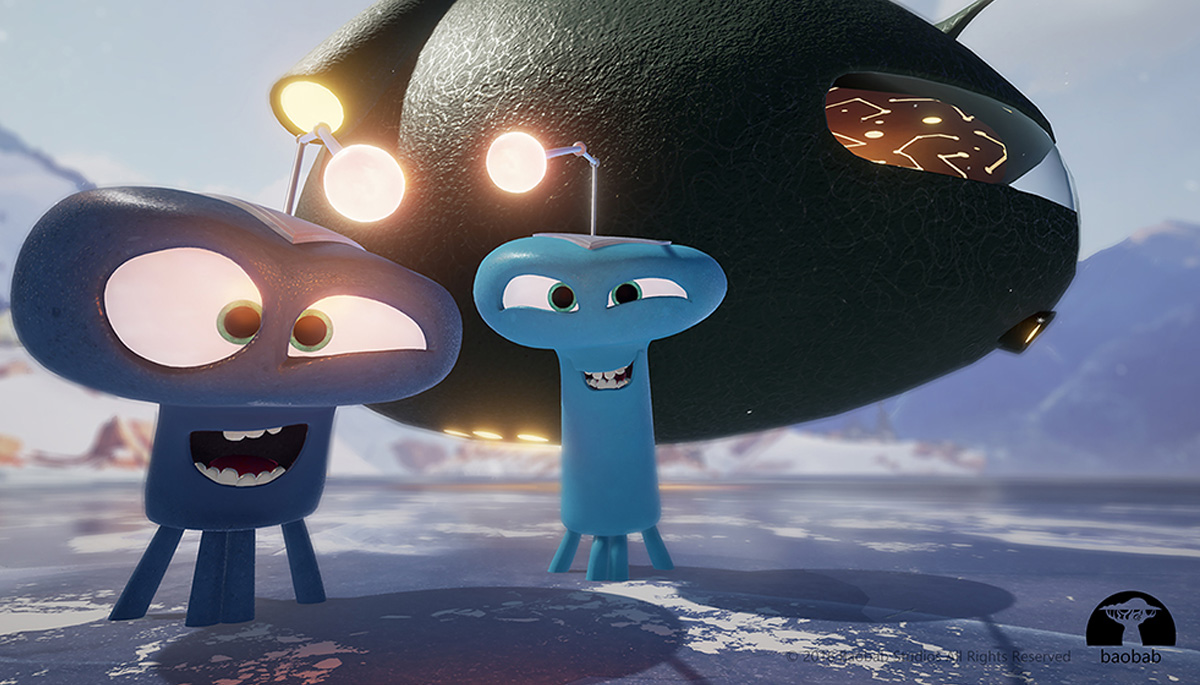
[/column]
[/row]


